What Technologies Enable Digital Transformation?
By A Mystery Man Writer
Last updated 29 May 2024

A look at the technologies that enable digital transformation and help companies improve operational efficiency and accelerate innovation.
Leading enterprises have been on the path to digitalization for quite some time now, but the disruptions instigated by the pandemic over the last two years has sparked a new sense of urgency for businesses to deploy the right technologies to enable their digital transformation. There are a lot of modern, innovative technologies in the market today that are driving digital transformation at full speed, like cloud computing, IoT, mobile apps, artificial intelligence & machine learning, and real-time analytics. These technologies are fundamentally changing how businesses operate and deliver value to customers. Innovative technologies bring fresh opportunities and better business capabilities. Enterprises recognize they need to close the gap between innovation and execution by deploying the right technologies that enable their digital transformation. What is digital technology transformation? Digital technology transformation is the transformation of your business processes by leveraging modern digitalization technologies, to improve operational efficiencies in order to cope with shifts in market environments. It’s not just about digitalizing business processes; it’s more about building hybrid and unified end-to-end connected digital experiences, increasing operational efficiencies, and accelerating innovation. CIOs and IT executives realize that those key technology investments are vital for a scalable, resilient, and future-proof business. What is the role of technology in digital transformation? Digital transformation is powered by technology. Enhancing your technology stack and gaining a competitive advantage through new and improved capabilities, systems, or processes is how you can achieve better business outcomes. Technology is an enabler that supports business drivers for digital transformation, like leveraging real time data for business processes and enhancing the customer experience. Top 5 Digital Transformation Technologies for 2022 There are a few major technology trends that are accelerating the momentum of digital transformation in business: Cloud native apps and services Internet of things Mobile apps Artificial intelligence and machine learning (AI & ML) Real-time analytics All these smart technologies bring with it masses of data. Businesses need to harness the full potential of data and digital technology to create innovations and end-to end-connected experiences. It is the timeliness of event capture and real-time analytics that empowers the businesses with agility to respond faster to changing conditions – a true digital transformation. Cloud Native Apps and Services Cloud adoption has grown significantly and continues to rise. SaaS, PaaS, and IaaS allow businesses to innovate faster and reduce time to market as they take away the complexity and costs of managing the IT. A hybrid, multi-cloud strategy is very common for a variety of reasons, including availability, security, data residency requirements, and reliability. According to Gartner, by 2025, cloud-native platforms will serve as the foundation for more than 95% of new digital initiatives — up from less than 40% in 2021. IoT IoT solutions have done wonders across industries for things like production line monitoring, quality control, predictive and preventative maintenance, shipping and logistics, monitoring food transportation, connected vehicles for smart city initiatives, and remote healthcare. The use cases and possibilities are endless for utilizing the real-time data that can be extracted from IoT devices. Mobile Apps Powerful technology at our fingertips, increased social connectivity, accessible real-time information – these are all things that have had a incalculable impact on our lives. Mobile apps for banking, social media, real-time flight updates, instant digital payments, and countless others have helped businesses to remain interactive with their users and offer better personalization. It’s an opportunity for B2C businesses that cannot be ignored. AI & ML Artificial intelligence (AI) and machine learning (ML) are used extensively today to provide excellent analytical insights to make personalized shopping recommendations, automated customer services and chatbots, image and speech recognition, drone surveillance, and a lot more. These technologies have helped businesses by providing deep insights to detect the changing patterns of customer behavior, enabling them to make better business predictions and strategic decisions. Real-time Analytics Real-time analysis of the mountains of data created by technologies like AI and ML can drive revenue and enhance personalized customer experiences. To be able to access and analyze events as they occur in real-time means your business services are always on and connected. Real-time analytics add great value to predictive and preventive maintenance in manufacturing, oil and gas, retail, and aviation. Digital Transformation and the Importance of Enterprise Architecture Traditional location-centric businesses have evolved to distributed enterprises, with employees, customers, and technologies spread across multiple geographic locations. For distributed enterprises with complex business processes and heavy legacy estates, digital transformation can be daunting. If enterprises are taking advantage of the technologies that enable digital transformation – cloud, IoT, AI & ML, etc. – how do they stream the data reliably, securely, and in real-time across these environments to the people, processes, and applications that need it? The answer is enterprise architecture that can support the business disruptions, technological innovations, customer expectations, and stakeholder demands that come with levelling up the technology stack to remain competitive. Thus, enterprise architecture needs to be considered in the strategic planning stages for digital transformation efforts to succeed. Agility, scalability, speed, and robustness are the keys to an enterprise architecture that can support real-time data distribution so you can realize the benefits of your technology transformation across the organization and keep up with rising demands. Businesses are Turning to EDA to Unlock the Potential of Digital Transformation Technologies According to a recent survey, 62% of businesses see real-time data distribution as beneficial for over 4 in 10 business operations. It also cites the three most common applications of real-time data as: (1) application integration, (2) data sharing across applications, (3) connecting IoT devices for data ingestion and/or analytics. So, it would suggest that real-time data distribution and implementing the digital transformation technologies listed in the previous section go hand-in-hand. Businesses (85%, in fact) have been turning to event-driven architecture to achieve uniform connectivity and responsiveness across a variety of technologies and environments. It is quickly becoming the primary way businesses build their IT systems over the next few years. 5 Successful Digital Transformation Examples using Event-Driven Architecture For many large, global businesses, event-driven architecture has been the key to their successful digital transformations, and they (and the public) are reaping the benefits. In fact, 72% of businesses are using event-driven architecture to support a variety of use cases across the organization. Here are some real examples showcasing how event-driven architecture has helped them drive successful digital transformation within their enterprises: 1. Roche's Improvement in Patient Outcomes Roche, the world’s largest biotech company and global pioneer in personalized healthcare, identified digital transformation as a key enabler in their whole business process. Roche recognized that IT is part of the business and with the use of both API-led and event-driven approaches, were able to reduce costs, take advantage of new business opportunities, and bring their innovations to the market, faster. From a customer and healthcare perspective, Roche has been able to reduce the time taken from diagnosis to start of treatment by 50%, thus improving patient outcomes. (source: Reimagine Integration with APIs & Events) 2. TELUS Agriculture's Connected Value Chain TELUS Agriculture delivers digital insights to connect customers all along the value chain globally to improve the quality and distribution of food and consumer goods. With the use of 5G networks, IoT devices, digitization of data, optimization through data insights and AI, and the exchange of real-time data to customers, TELUS Agriculture is building a connected value chain to improve operational efficiency and strategic growth. The backbone for this (called the Agricultural Data Exchange – ADX platform) is built on API integration and event-driven architecture. In one particular use case, Telus Agriculture’s implementation of event-driven architecture and use of IoT sensor tags were able to capture events such as refrigerator trucks carrying high value fruit going out of the ideal temperature range and relay that information back to the drivers. In fact, in the first two weeks of a proof of concept, the customer was able to save 2 days of shelf life of strawberries, resulting in a massive waste reduction. The IoT tag project is now rolling out across the world. (source: TELUS Agriculture: Enabling More Efficient Production with EDA) 3. Les Mousquetaires' Omni-Channel Shopping Experience Les Mousquetaires is one of the leading distributors in Europe, and 3rd biggest in France with €46 billion in sales. In 2018, Les Mousquetaires launched a vast digital transformation plan designed to improve the efficiency of their supply chain and enable real-time technologies to offer customers an excellent omni-channel shopping experience. In just two years, through the power of event-driven architecture, they were able to use AI to improve the accuracy of orders, automatically disseminate real-time product updates and coordinate with inventory, and change the prices of fruits and vegetables daily. (source: Learn How Les Mousquetaires is Leading the Way in Benefiting from “Event-Driven Retail”) 4. Unilever's Virtual Ocean Control Tower for End-to-End Visibility Getting Unilever’s products into the hands of 2.5B customers, spread across 190 countries is a logistical feat. Using digital transformation technologies like machine learning, predictive analytics, real-time electronic data interchange, Unilever has developed a Virtual Ocean Control Tower to manage their sea freight logistics. Unilever’s Head of Logistics and Fulfilment, says, “It gives us real-time visibility of each step in the process, so we can plan better and respond quicker and, importantly, predict and proactively deal with issues.” During the Suez Canal blockage, using Virtual Ocean Control Tower, Unilever was able to determine which ships were headed for the canal and, within an hour, were able to divert some ships and communicate to the entire supply chain regarding the ships that were going to be stuck. Using the end-to-end visibility of the control tower and the real-time data, they were able to react very quickly and plan accordingly from a supply chain and logistics perspective. (source: Unilever's Virtual Ocean Control Tower) Unilever is also committed to net zero emissions in the near future and are currently developing a method to track emissions in real-time by using EDA and the Virtual Ocean Control Tower. 5. The University of California's Real-Time Course Updates The University of California is reducing stress for students by embracing digital transformation to provide course updates in real time, providing better experience for waitlisted students and creating a connected campus that provides a digital campus experience and community for students. Event-driven architecture makes it possible for data to get everywhere it needs to be so people, processes, applications, and systems can react to it in real-time across diverse technology ecosystems and hybrid and multi-cloud environments. (source: University of California: The Journey to EDA, a Case Study) In Conclusion Technology trends are ever-changing as new innovations come into the market and reshape the way businesses (and their customers) operate. It is not a single technology, but a combination of technologies that make your digital transformation successful. Even if you have embarked on your multi-year digital transformation journey and need to make changes midstream, your technology choices should be such that they provide you with enough resilience and flexibility to adjust to new demands or changes in the market.
Leading enterprises have been on the path to digitalization for quite some time now, but the disruptions instigated by the pandemic over the last two years has sparked a new sense of urgency for businesses to deploy the right technologies to enable their digital transformation. There are a lot of modern, innovative technologies in the market today that are driving digital transformation at full speed, like cloud computing, IoT, mobile apps, artificial intelligence & machine learning, and real-time analytics. These technologies are fundamentally changing how businesses operate and deliver value to customers. Innovative technologies bring fresh opportunities and better business capabilities. Enterprises recognize they need to close the gap between innovation and execution by deploying the right technologies that enable their digital transformation. What is digital technology transformation? Digital technology transformation is the transformation of your business processes by leveraging modern digitalization technologies, to improve operational efficiencies in order to cope with shifts in market environments. It’s not just about digitalizing business processes; it’s more about building hybrid and unified end-to-end connected digital experiences, increasing operational efficiencies, and accelerating innovation. CIOs and IT executives realize that those key technology investments are vital for a scalable, resilient, and future-proof business. What is the role of technology in digital transformation? Digital transformation is powered by technology. Enhancing your technology stack and gaining a competitive advantage through new and improved capabilities, systems, or processes is how you can achieve better business outcomes. Technology is an enabler that supports business drivers for digital transformation, like leveraging real time data for business processes and enhancing the customer experience. Top 5 Digital Transformation Technologies for 2022 There are a few major technology trends that are accelerating the momentum of digital transformation in business: Cloud native apps and services Internet of things Mobile apps Artificial intelligence and machine learning (AI & ML) Real-time analytics All these smart technologies bring with it masses of data. Businesses need to harness the full potential of data and digital technology to create innovations and end-to end-connected experiences. It is the timeliness of event capture and real-time analytics that empowers the businesses with agility to respond faster to changing conditions – a true digital transformation. Cloud Native Apps and Services Cloud adoption has grown significantly and continues to rise. SaaS, PaaS, and IaaS allow businesses to innovate faster and reduce time to market as they take away the complexity and costs of managing the IT. A hybrid, multi-cloud strategy is very common for a variety of reasons, including availability, security, data residency requirements, and reliability. According to Gartner, by 2025, cloud-native platforms will serve as the foundation for more than 95% of new digital initiatives — up from less than 40% in 2021. IoT IoT solutions have done wonders across industries for things like production line monitoring, quality control, predictive and preventative maintenance, shipping and logistics, monitoring food transportation, connected vehicles for smart city initiatives, and remote healthcare. The use cases and possibilities are endless for utilizing the real-time data that can be extracted from IoT devices. Mobile Apps Powerful technology at our fingertips, increased social connectivity, accessible real-time information – these are all things that have had a incalculable impact on our lives. Mobile apps for banking, social media, real-time flight updates, instant digital payments, and countless others have helped businesses to remain interactive with their users and offer better personalization. It’s an opportunity for B2C businesses that cannot be ignored. AI & ML Artificial intelligence (AI) and machine learning (ML) are used extensively today to provide excellent analytical insights to make personalized shopping recommendations, automated customer services and chatbots, image and speech recognition, drone surveillance, and a lot more. These technologies have helped businesses by providing deep insights to detect the changing patterns of customer behavior, enabling them to make better business predictions and strategic decisions. Real-time Analytics Real-time analysis of the mountains of data created by technologies like AI and ML can drive revenue and enhance personalized customer experiences. To be able to access and analyze events as they occur in real-time means your business services are always on and connected. Real-time analytics add great value to predictive and preventive maintenance in manufacturing, oil and gas, retail, and aviation. Digital Transformation and the Importance of Enterprise Architecture Traditional location-centric businesses have evolved to distributed enterprises, with employees, customers, and technologies spread across multiple geographic locations. For distributed enterprises with complex business processes and heavy legacy estates, digital transformation can be daunting. If enterprises are taking advantage of the technologies that enable digital transformation – cloud, IoT, AI & ML, etc. – how do they stream the data reliably, securely, and in real-time across these environments to the people, processes, and applications that need it? The answer is enterprise architecture that can support the business disruptions, technological innovations, customer expectations, and stakeholder demands that come with levelling up the technology stack to remain competitive. Thus, enterprise architecture needs to be considered in the strategic planning stages for digital transformation efforts to succeed. Agility, scalability, speed, and robustness are the keys to an enterprise architecture that can support real-time data distribution so you can realize the benefits of your technology transformation across the organization and keep up with rising demands. Businesses are Turning to EDA to Unlock the Potential of Digital Transformation Technologies According to a recent survey, 62% of businesses see real-time data distribution as beneficial for over 4 in 10 business operations. It also cites the three most common applications of real-time data as: (1) application integration, (2) data sharing across applications, (3) connecting IoT devices for data ingestion and/or analytics. So, it would suggest that real-time data distribution and implementing the digital transformation technologies listed in the previous section go hand-in-hand. Businesses (85%, in fact) have been turning to event-driven architecture to achieve uniform connectivity and responsiveness across a variety of technologies and environments. It is quickly becoming the primary way businesses build their IT systems over the next few years. 5 Successful Digital Transformation Examples using Event-Driven Architecture For many large, global businesses, event-driven architecture has been the key to their successful digital transformations, and they (and the public) are reaping the benefits. In fact, 72% of businesses are using event-driven architecture to support a variety of use cases across the organization. Here are some real examples showcasing how event-driven architecture has helped them drive successful digital transformation within their enterprises: 1. Roche's Improvement in Patient Outcomes Roche, the world’s largest biotech company and global pioneer in personalized healthcare, identified digital transformation as a key enabler in their whole business process. Roche recognized that IT is part of the business and with the use of both API-led and event-driven approaches, were able to reduce costs, take advantage of new business opportunities, and bring their innovations to the market, faster. From a customer and healthcare perspective, Roche has been able to reduce the time taken from diagnosis to start of treatment by 50%, thus improving patient outcomes. (source: Reimagine Integration with APIs & Events) 2. TELUS Agriculture's Connected Value Chain TELUS Agriculture delivers digital insights to connect customers all along the value chain globally to improve the quality and distribution of food and consumer goods. With the use of 5G networks, IoT devices, digitization of data, optimization through data insights and AI, and the exchange of real-time data to customers, TELUS Agriculture is building a connected value chain to improve operational efficiency and strategic growth. The backbone for this (called the Agricultural Data Exchange – ADX platform) is built on API integration and event-driven architecture. In one particular use case, Telus Agriculture’s implementation of event-driven architecture and use of IoT sensor tags were able to capture events such as refrigerator trucks carrying high value fruit going out of the ideal temperature range and relay that information back to the drivers. In fact, in the first two weeks of a proof of concept, the customer was able to save 2 days of shelf life of strawberries, resulting in a massive waste reduction. The IoT tag project is now rolling out across the world. (source: TELUS Agriculture: Enabling More Efficient Production with EDA) 3. Les Mousquetaires' Omni-Channel Shopping Experience Les Mousquetaires is one of the leading distributors in Europe, and 3rd biggest in France with €46 billion in sales. In 2018, Les Mousquetaires launched a vast digital transformation plan designed to improve the efficiency of their supply chain and enable real-time technologies to offer customers an excellent omni-channel shopping experience. In just two years, through the power of event-driven architecture, they were able to use AI to improve the accuracy of orders, automatically disseminate real-time product updates and coordinate with inventory, and change the prices of fruits and vegetables daily. (source: Learn How Les Mousquetaires is Leading the Way in Benefiting from “Event-Driven Retail”) 4. Unilever's Virtual Ocean Control Tower for End-to-End Visibility Getting Unilever’s products into the hands of 2.5B customers, spread across 190 countries is a logistical feat. Using digital transformation technologies like machine learning, predictive analytics, real-time electronic data interchange, Unilever has developed a Virtual Ocean Control Tower to manage their sea freight logistics. Unilever’s Head of Logistics and Fulfilment, says, “It gives us real-time visibility of each step in the process, so we can plan better and respond quicker and, importantly, predict and proactively deal with issues.” During the Suez Canal blockage, using Virtual Ocean Control Tower, Unilever was able to determine which ships were headed for the canal and, within an hour, were able to divert some ships and communicate to the entire supply chain regarding the ships that were going to be stuck. Using the end-to-end visibility of the control tower and the real-time data, they were able to react very quickly and plan accordingly from a supply chain and logistics perspective. (source: Unilever's Virtual Ocean Control Tower) Unilever is also committed to net zero emissions in the near future and are currently developing a method to track emissions in real-time by using EDA and the Virtual Ocean Control Tower. 5. The University of California's Real-Time Course Updates The University of California is reducing stress for students by embracing digital transformation to provide course updates in real time, providing better experience for waitlisted students and creating a connected campus that provides a digital campus experience and community for students. Event-driven architecture makes it possible for data to get everywhere it needs to be so people, processes, applications, and systems can react to it in real-time across diverse technology ecosystems and hybrid and multi-cloud environments. (source: University of California: The Journey to EDA, a Case Study) In Conclusion Technology trends are ever-changing as new innovations come into the market and reshape the way businesses (and their customers) operate. It is not a single technology, but a combination of technologies that make your digital transformation successful. Even if you have embarked on your multi-year digital transformation journey and need to make changes midstream, your technology choices should be such that they provide you with enough resilience and flexibility to adjust to new demands or changes in the market.

Unveiling Technologies That Fuel Digital Transformation
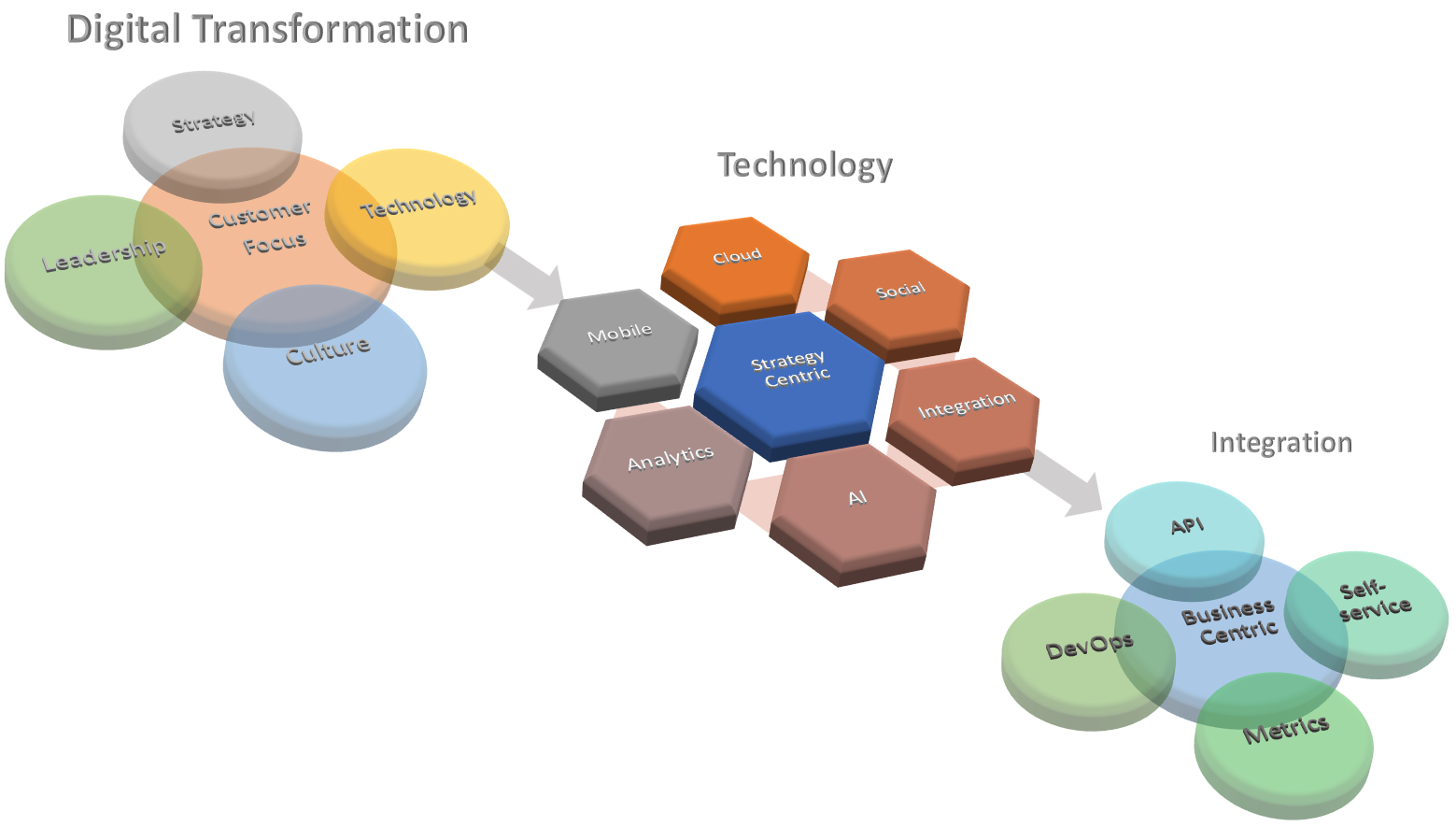
Integrations: Key Technology Enablers in Digital Transformation
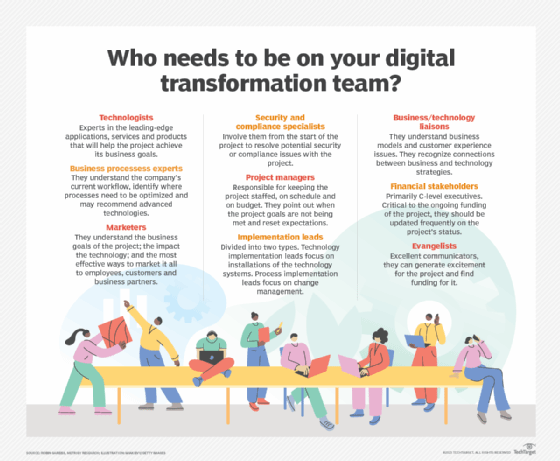
What is Digital Transformation? Definition and Guide from TechTarget

Defining and Understanding Digital Transformation

9 Key Technologies Enabling Digital Business Transformation
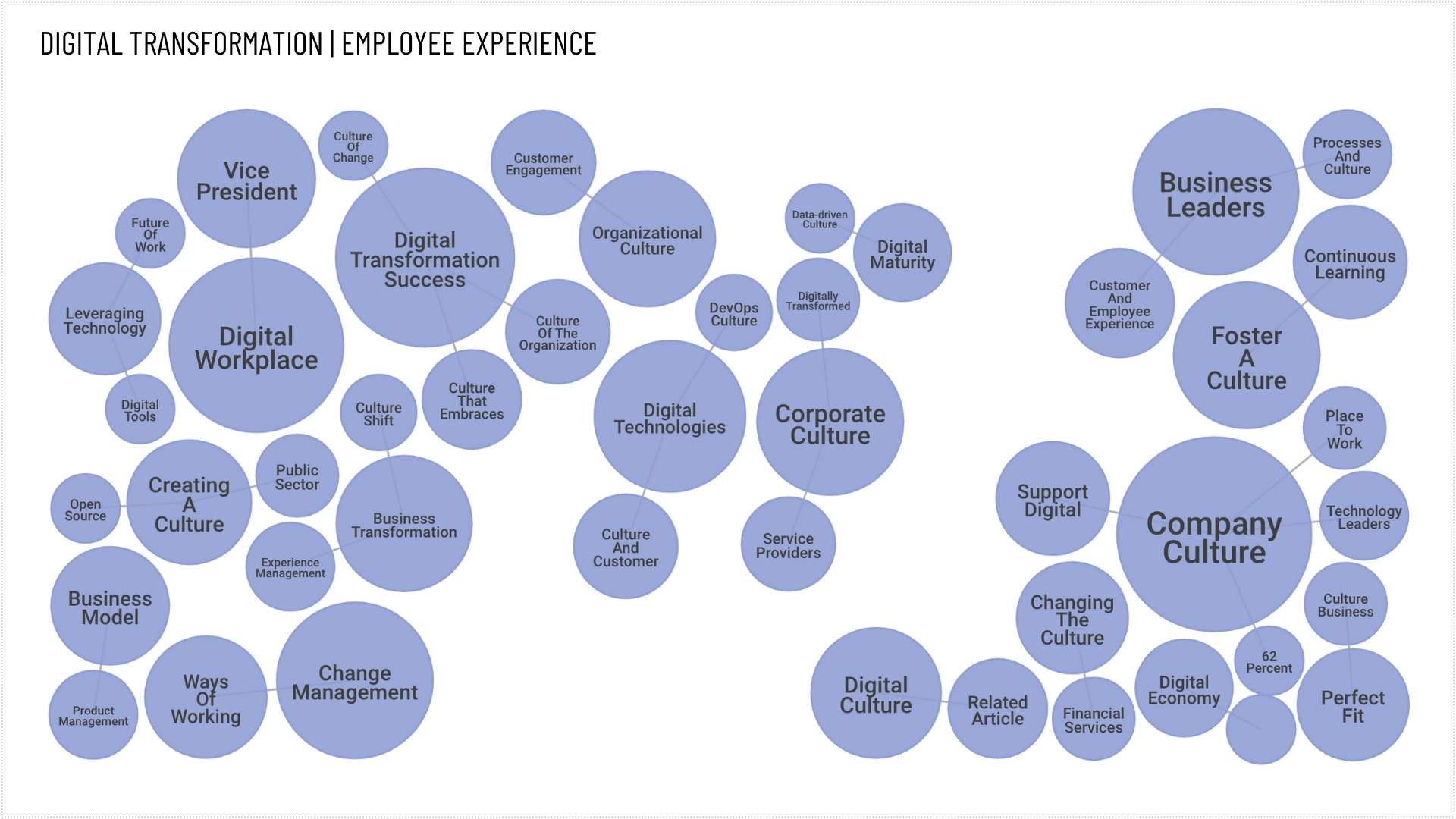
Digital Transformation Research: Topics, Trends, Media & Audience

How to Choose your Ideal Digital Transformation Partner

Digital Transformation Research: Topics, Trends, Media & Audience

What Technologies Enable Digital Transformation?
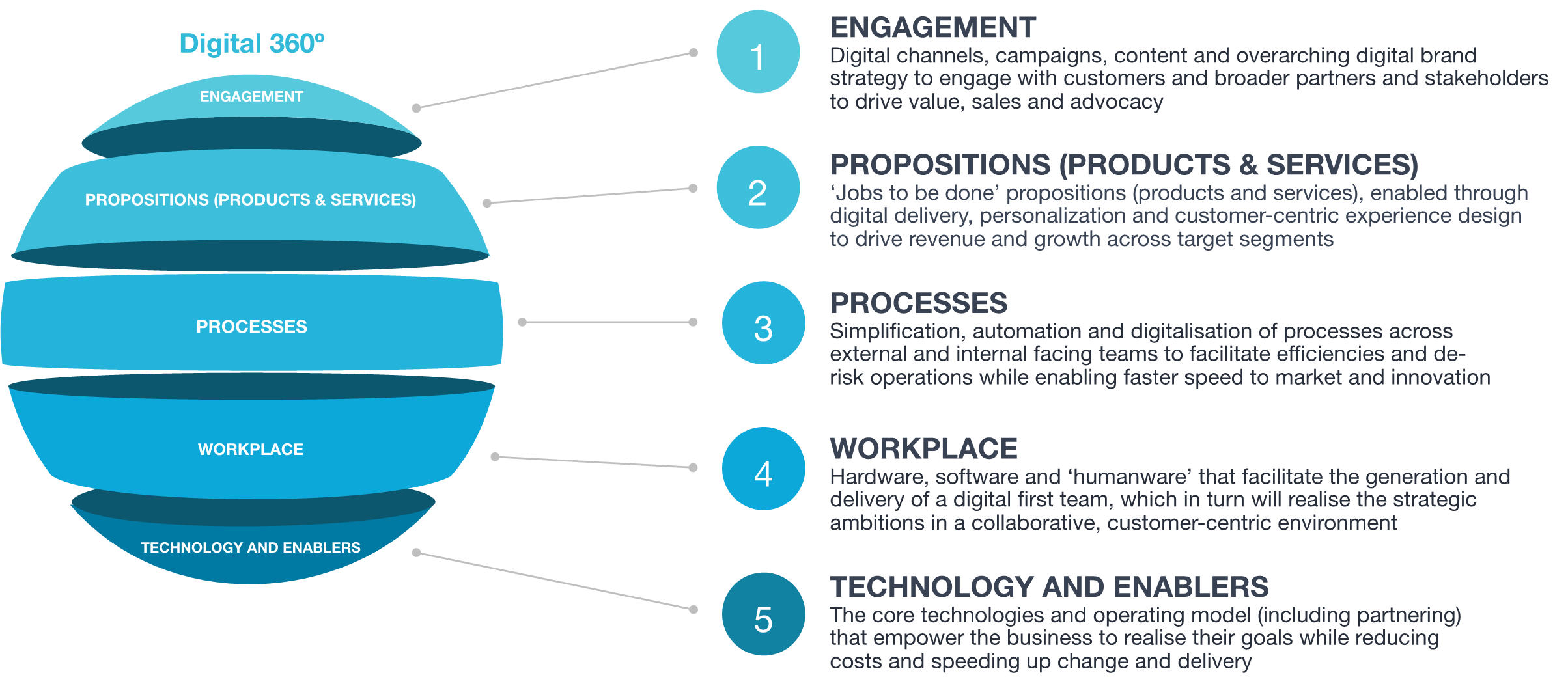
What 'digital transformation' really means - One Zero 1

Global digital transformation spending 2026
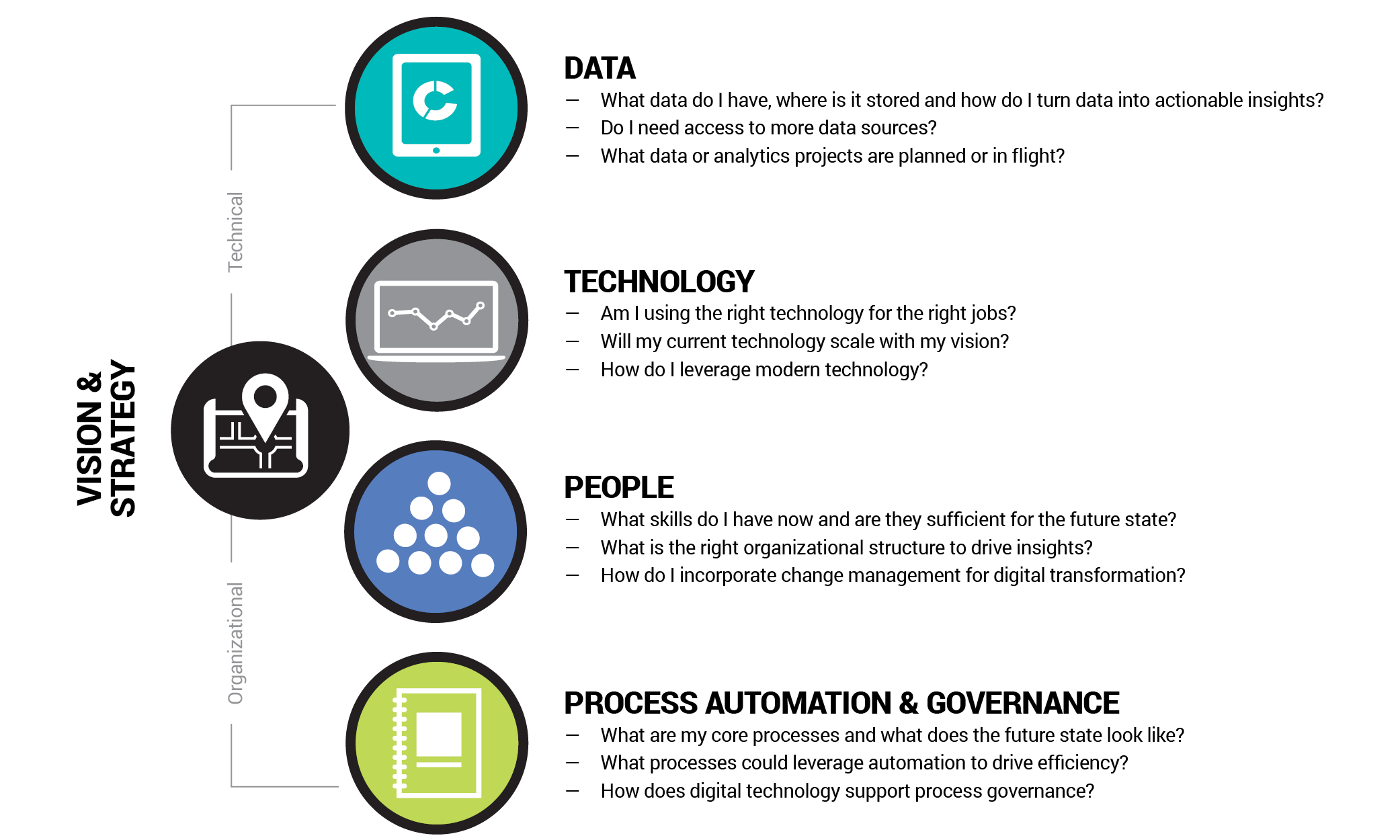
Embracing digital transformation: 4 tips to get started - Baker Tilly
Recommended for you
-
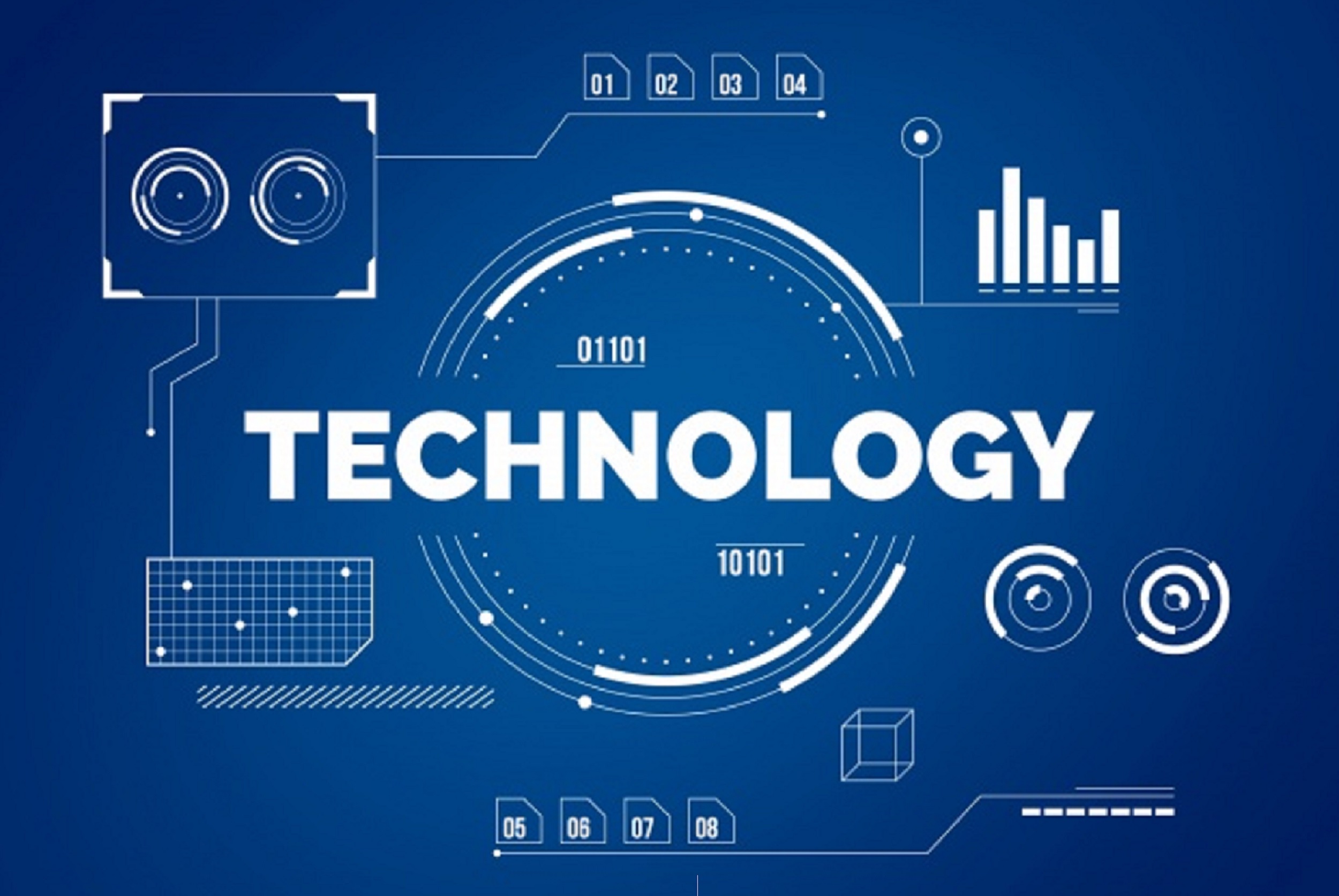 Advantages and disadvantages of modern technology - Thrive Global29 May 2024
Advantages and disadvantages of modern technology - Thrive Global29 May 2024 -
 Top 5 new technology standards to support industry - Standards Australia29 May 2024
Top 5 new technology standards to support industry - Standards Australia29 May 2024 -
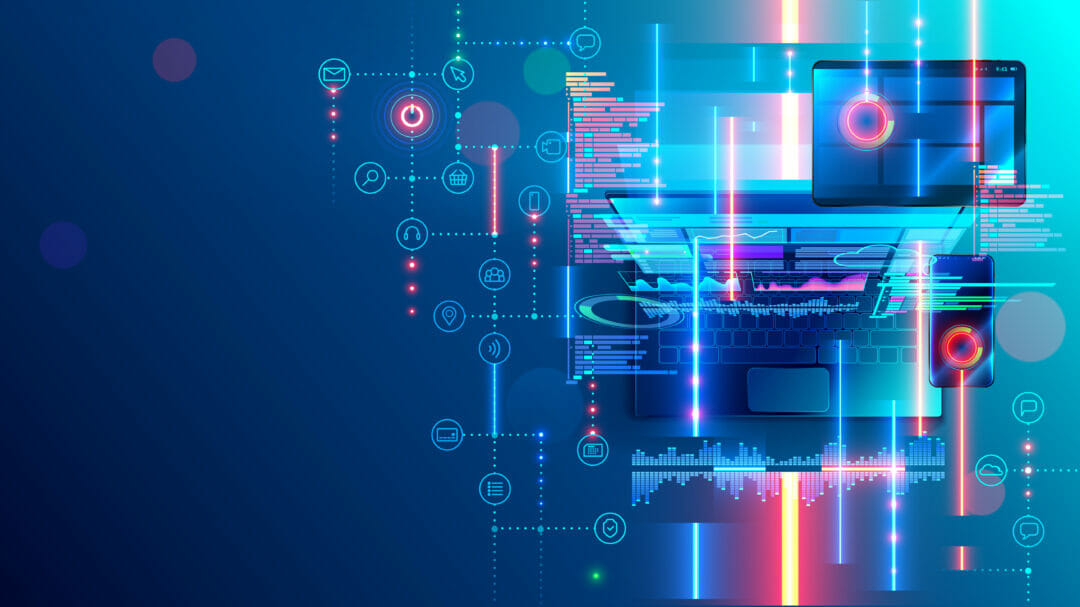 How can technology design be made more inclusive? - Information Age29 May 2024
How can technology design be made more inclusive? - Information Age29 May 2024 -
 What Is Technology? Definition, Types, Examples29 May 2024
What Is Technology? Definition, Types, Examples29 May 2024 -
 Science + Tech – Views & Research – The Conversation29 May 2024
Science + Tech – Views & Research – The Conversation29 May 2024 -
:max_bytes(150000):strip_icc()/disruptive-technology.asp-final-50564c66b819471192ab7fbc88d07ae7.png) Disruptive Technology: Definition, Example, and How to Invest29 May 2024
Disruptive Technology: Definition, Example, and How to Invest29 May 2024 -
 McKinsey Technology Trends Outlook 202329 May 2024
McKinsey Technology Trends Outlook 202329 May 2024 -
 What is Technology?29 May 2024
What is Technology?29 May 2024 -
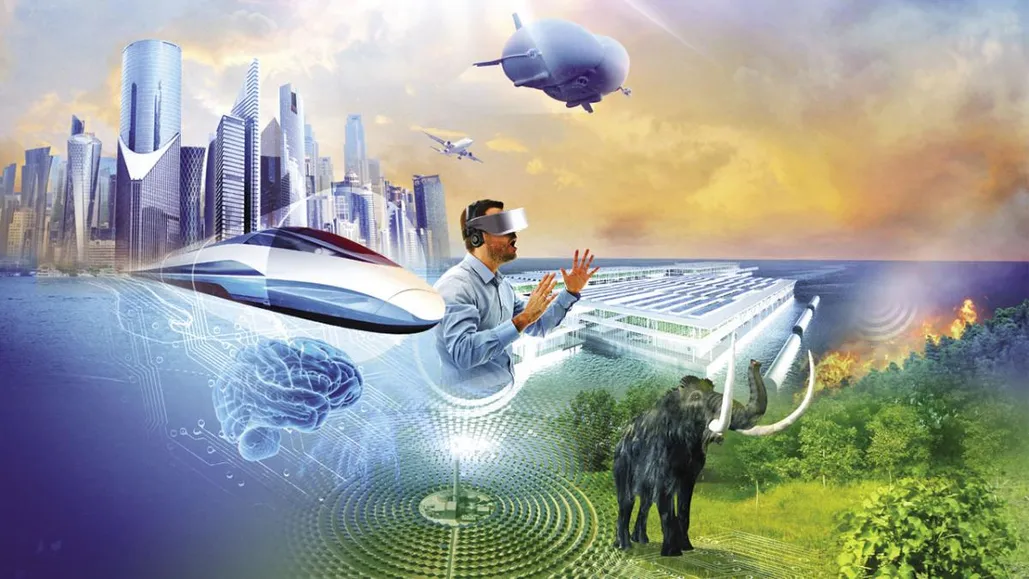 Future technology: 22 ideas about to change our world - BBC29 May 2024
Future technology: 22 ideas about to change our world - BBC29 May 2024 -
 Office of the Special Envoy for Critical and Emerging Technology29 May 2024
Office of the Special Envoy for Critical and Emerging Technology29 May 2024
You may also like
-
 NUOBESTY Photo Storage Box Photo and Craft Keepe29 May 2024
NUOBESTY Photo Storage Box Photo and Craft Keepe29 May 2024 -
 Armor All Liquid Auto Glass Cleaner, Glass Cleaners for Cars, Trucks, 22 Fl Oz Each : Automotive29 May 2024
Armor All Liquid Auto Glass Cleaner, Glass Cleaners for Cars, Trucks, 22 Fl Oz Each : Automotive29 May 2024 -
 2pcs Flexible Hair Wooden Handle Lightweight Blinds With Hanging Rope Sofa Wall Handheld Fluffy Lambswool Duster For Cleaning - AliExpress29 May 2024
2pcs Flexible Hair Wooden Handle Lightweight Blinds With Hanging Rope Sofa Wall Handheld Fluffy Lambswool Duster For Cleaning - AliExpress29 May 2024 -
 Promotional Adult Coloring Book & 6-Color Pencil Set To-Go29 May 2024
Promotional Adult Coloring Book & 6-Color Pencil Set To-Go29 May 2024 -
 Disney MagicBand MagicKeeper Waist Clip - Fantasyland Castle29 May 2024
Disney MagicBand MagicKeeper Waist Clip - Fantasyland Castle29 May 2024 -
 5,600+ Blacklight Party Stock Photos, Pictures & Royalty-Free29 May 2024
5,600+ Blacklight Party Stock Photos, Pictures & Royalty-Free29 May 2024 -
 30Pcs Book Corner Protectors Metal Book Corners Book Page Corner Protectors Retro Book Corners29 May 2024
30Pcs Book Corner Protectors Metal Book Corners Book Page Corner Protectors Retro Book Corners29 May 2024 -
 3 pcs Soft Baby Shower Sponge Baby Body Scrubber Sponge Bathing Baby Sponge29 May 2024
3 pcs Soft Baby Shower Sponge Baby Body Scrubber Sponge Bathing Baby Sponge29 May 2024 -
 Nail Polish Storage Ideas & Organization Solutions29 May 2024
Nail Polish Storage Ideas & Organization Solutions29 May 2024 -
 31.5 x 23.6 x 0.06 Inches Extra Thick Silicone Mat with Lip 0.22 Raised Edge for Resin, Large Silicon Mat for Kitchen Counter Heat Resistant29 May 2024
31.5 x 23.6 x 0.06 Inches Extra Thick Silicone Mat with Lip 0.22 Raised Edge for Resin, Large Silicon Mat for Kitchen Counter Heat Resistant29 May 2024